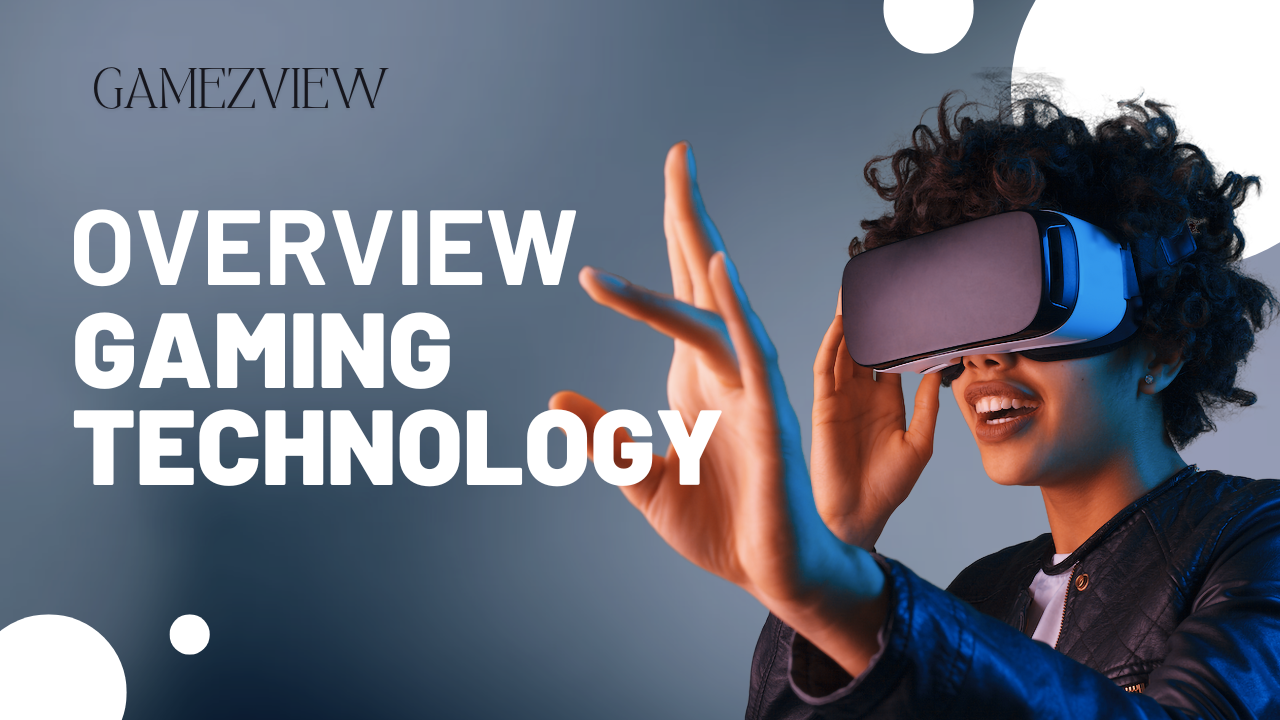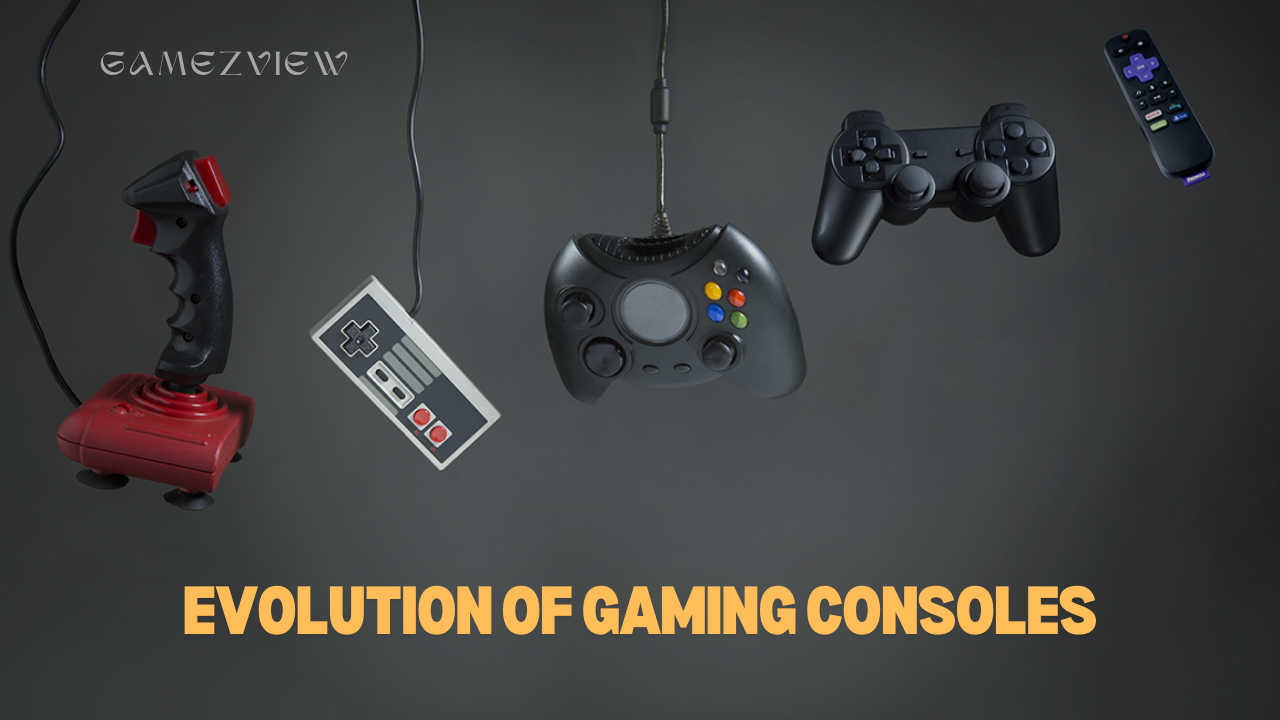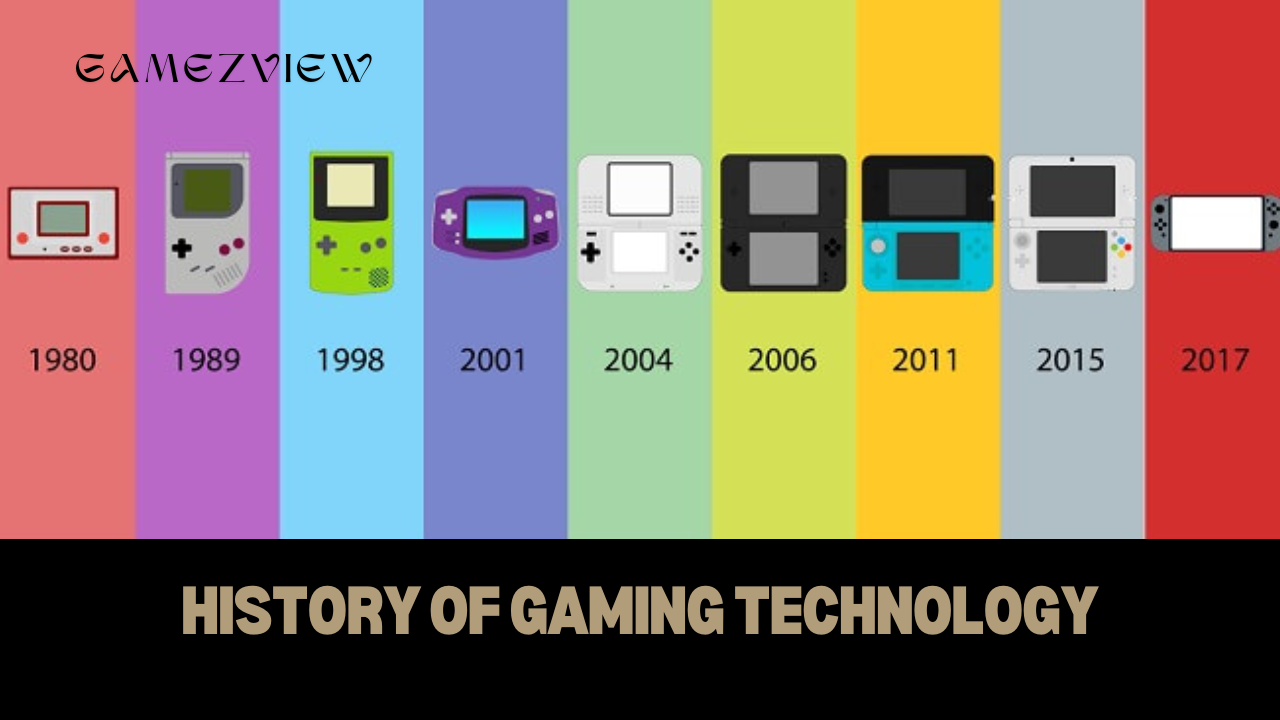The world of gaming technology has evolved at a rapid pace, transforming from simple pixelated screens to immersive, lifelike experiences. This remarkable evolution has been driven by advancements in hardware, software, and connectivity, creating a vibrant industry that continually pushes the boundaries of what is possible. In this comprehensive overview, we will explore the history, current trends, and future directions of gaming technology, highlighting key innovations and their impact on the gaming experience.
The Evolution of Gaming Technology
Early Beginnings
1. The Birth of Video Games
The journey of gaming technology began in the mid-20th century with the creation of the first video games. One of the earliest examples is “Tennis for Two,” developed by physicist William Higinbotham in 1958. Using an analogue computer and an oscilloscope, Higinbotham created a simple tennis simulation, marking the inception of interactive digital entertainment.
2. The Rise of Arcades
The 1970s and 1980s saw the rise of arcade games, which brought gaming to a broader audience. Games like “Pong” (1972) and “Space Invaders” (1978) became cultural phenomena, leading to the proliferation of arcade machines in public spaces. These games laid the groundwork for the gaming industry, introducing concepts such as scoreboards and multiplayer gameplay.
3. The Home Console Revolution
The introduction of home consoles, such as the Atari 2600 in 1977, revolutionized gaming by bringing it into households. These early consoles featured simple graphics and gameplay but paved the way for future innovations. The release of the Nintendo Entertainment System (NES) in 1985 further solidified the home console market, offering more advanced games and a robust ecosystem of developers.
The Emergence of PC Gaming
1. The Rise of Personal Computers
The 1980s and 1990s witnessed the rise of personal computers (PCs) as a powerful platform for gaming. With the advent of affordable PCs and advanced graphics hardware, games like “Doom” (1993) and “Myst” (1993) pushed the boundaries of what was possible in terms of graphics and gameplay. The flexibility of PCs also allowed for a diverse range of gaming experiences, from first-person shooters to complex strategy games.
2. The Role of Graphics Cards
The development of dedicated graphics cards, such as those from NVIDIA and AMD, played a crucial role in the advancement of PC gaming. These cards enabled more detailed and realistic graphics, leading to the creation of visually stunning games. The introduction of 3D acceleration further enhanced the gaming experience, allowing for more complex and immersive worlds.
The Online Gaming Revolution
1. The Advent of Online Multiplayer
The 1990s and 2000s saw the rise of online gaming, driven by the increasing availability of high-speed internet. Games like “Quake” (1996) and “World of Warcraft” (2004) introduced players to the concept of online multiplayer, allowing them to compete and cooperate with others around the world. This shift not only expanded the gaming community but also introduced new gameplay mechanics and social dynamics.
2. The Impact of Mobile Gaming
The proliferation of smartphones in the late 2000s brought about a new era of gaming. Mobile games, such as “Angry Birds” (2009) and “Candy Crush Saga” (2012), reached a massive audience, making gaming accessible to millions of people. The convenience and affordability of mobile gaming have made it one of the fastest-growing segments of the gaming industry.
Current Trends in Gaming Technology
1. Advanced Graphics and Realism
Modern gaming technology has achieved unprecedented levels of graphical fidelity and realism. High-definition displays, advanced graphics cards, and powerful processors allow for lifelike visuals and smooth gameplay. Techniques such as ray tracing simulate the behaviour of light to create more realistic lighting and shadows, enhancing the overall immersion of the gaming experience.
2. Virtual Reality (VR) and Augmented Reality (AR)
VR and AR technologies have revolutionized the way games are experienced. VR headsets, such as the Oculus Rift and PlayStation VR, offer immersive 3D environments that transport players into virtual worlds. AR, on the other hand, overlays digital elements onto the real world, as seen in games like “Pokémon GO” (2016). These technologies provide new ways to interact with games, offering unique and engaging experiences.
3. Cloud Gaming
Cloud gaming has emerged as a significant trend, allowing players to stream games directly to their devices without the need for powerful hardware. Services like Google Stadia, NVIDIA GeForce Now, and Microsoft xCloud enable players to access a vast library of games from anywhere with an internet connection. This technology reduces barriers to entry and makes high-quality gaming more accessible.
4. Artificial Intelligence (AI) in Gaming
AI plays a crucial role in modern gaming, enhancing various aspects of game design and gameplay. AI-driven characters and enemies offer more realistic and challenging interactions, while machine learning algorithms can personalize gaming experiences based on player behaviour. AI is also used in procedural content generation, creating dynamic and ever-changing game worlds.
5. Cross-Platform Play
Cross-platform play allows gamers to connect and compete across different devices and platforms. Games like “Fortnite” and “Minecraft” enable players on consoles, PCs, and mobile devices to interact seamlessly. This trend fosters a more inclusive gaming community and expands the potential for multiplayer experiences.
Future Directions in Gaming Technology
1. Next-Generation Consoles
The release of next-generation consoles, such as the PlayStation 5 and Xbox Series X, promises to deliver even more advanced gaming experiences. These consoles feature powerful hardware, including custom processors and high-speed SSDs, that enable faster load times and more complex game worlds. The integration of new technologies, such as haptic feedback and adaptive triggers, enhances the tactile experience of gaming.
2. Advances in VR and AR
The future of VR and AR looks promising, with ongoing developments aimed at making these technologies more accessible and immersive. Improvements in display technology, motion tracking, and user interfaces will lead to more realistic and engaging experiences. The integration of VR and AR into everyday life, beyond gaming, is also expected to expand, offering new possibilities for education, training, and entertainment.
3. The Growth of Esports
Esports, or competitive gaming, has grown into a multi-billion-dollar industry with a global audience. The future of esports will likely see further integration with mainstream sports, increased investment from major companies, and the development of more sophisticated infrastructure for competitions. Advances in gaming technology will continue to enhance the esports experience for both players and spectators.
4. The Role of Blockchain and NFTs
Blockchain technology and non-fungible tokens (NFTs) are starting to make an impact on gaming. Blockchain can provide secure and transparent systems for in-game transactions and asset ownership, while NFTs enable players to own unique digital items. These technologies have the potential to revolutionize the gaming economy, offering new opportunities for monetization and player engagement.
5. The Integration of AI and Machine Learning
The future of gaming will see even greater integration of AI and machine learning, driving advancements in game design, player interaction, and content generation. AI will enable more personalized and adaptive gaming experiences, while machine learning will help create more dynamic and responsive game worlds. The continued evolution of AI will open up new possibilities for innovation in gaming.
Gaming technology has come a long way from its humble beginnings, evolving into a dynamic and diverse industry that continues to push the boundaries of creativity and innovation. As we look to the future, advancements in areas such as VR, cloud gaming, AI, and blockchain promise to shape the next generation of gaming experiences. By understanding the past and present trends in gaming technology, we can better appreciate the exciting possibilities that lie ahead for gamers and developers alike



